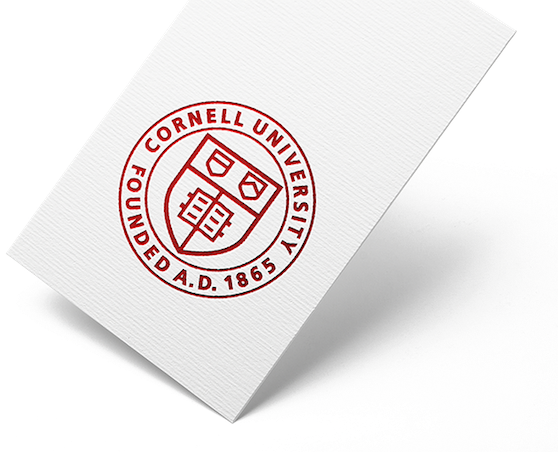
Probability
AnalysisCornell Certificate Program
Overview
The world is full of possibilities, but how likely are any of them to occur? Immerse yourself in probability theory and discover how to evaluate the likelihood of different outcomes in a variety of real-life circumstances. You will get started by examining the different methods for describing and representing data, including the basic axioms that form the core of probability. You will then explore real-world applications and discover how engineers and scientists use random variables and associated analytical functions to quantify the likelihood of various outcomes from experiments, monitoring efforts, and observation. You will gain experience using discrete random variables, when the number of possible outcomes can be counted, as well as continuous random variables, when the number of possible outcomes is infinite. You will also explore data transformation and several kinds of probability distributions for counts, waiting times, and the joint probability of two or more related variables. Toward the end of the program, you will apply what you have studied and investigate ways of modeling and predicting variability and patterns in data, leading to normal, lognormal, Gumbel, and Weibull distributions.
Note: You will need a working knowledge of algebra and univariate calculus prior to enrolling and will need to get access to the course’s textbook, the ninth edition of “Probability and Statistics for Engineering and the Sciences” by Jay Devore. We suggest you obtain the book prior to the start of the course and consider the interactive “eTextbook” version, available for purchase online or from other retailers.
How It Works
- View slide #1
- View slide #2
- View slide #3
- View slide #4
- View slide #5
- View slide #6
- View slide #7
- View slide #8
Key Course Takeaways
- Apply probability concepts to a variety of engineering, product development, and other real or hypothetical situations to assess the likelihood of outcomes
- Use graphical and numerical methods to describe a dataset and determine the probability that certain events will occur
- Calculate the likelihood of different outcomes when the number of possible outcomes is quantifiable
- Analyze the probability of certain events when working with non-discrete variables that can take an infinite number of values
- Estimate the probability of certain outcomes in more complex situations involving multiple random inputs or variables

Download a Brochure
Not ready to enroll but want to learn more? Download the certificate brochure to review program details.
What You'll Earn
- Probability Analysis Certificate from Cornell College of Engineering
- 120 Professional Development Hours (12 CEUs)
Who Should Enroll
- Engineers (mechanical, electrical, software, civil, systems, chemical, biomedical)
- Quality control professionals
- Materials analysts
- Product developers
- Data scientists and analysts
- Aspiring data scientists, product developers, and analysts who seek a foundation in probability theory

“Completing a program from eCornell really has allowed me to think outside the box at work. It gave me the confidence I needed to take a seat at that table and say I am ready.”
Request Information Now by completing the form below.

$3,900
Probability Analysis
| Select Payment Method | Cost |
|---|---|
| $3,900 |
